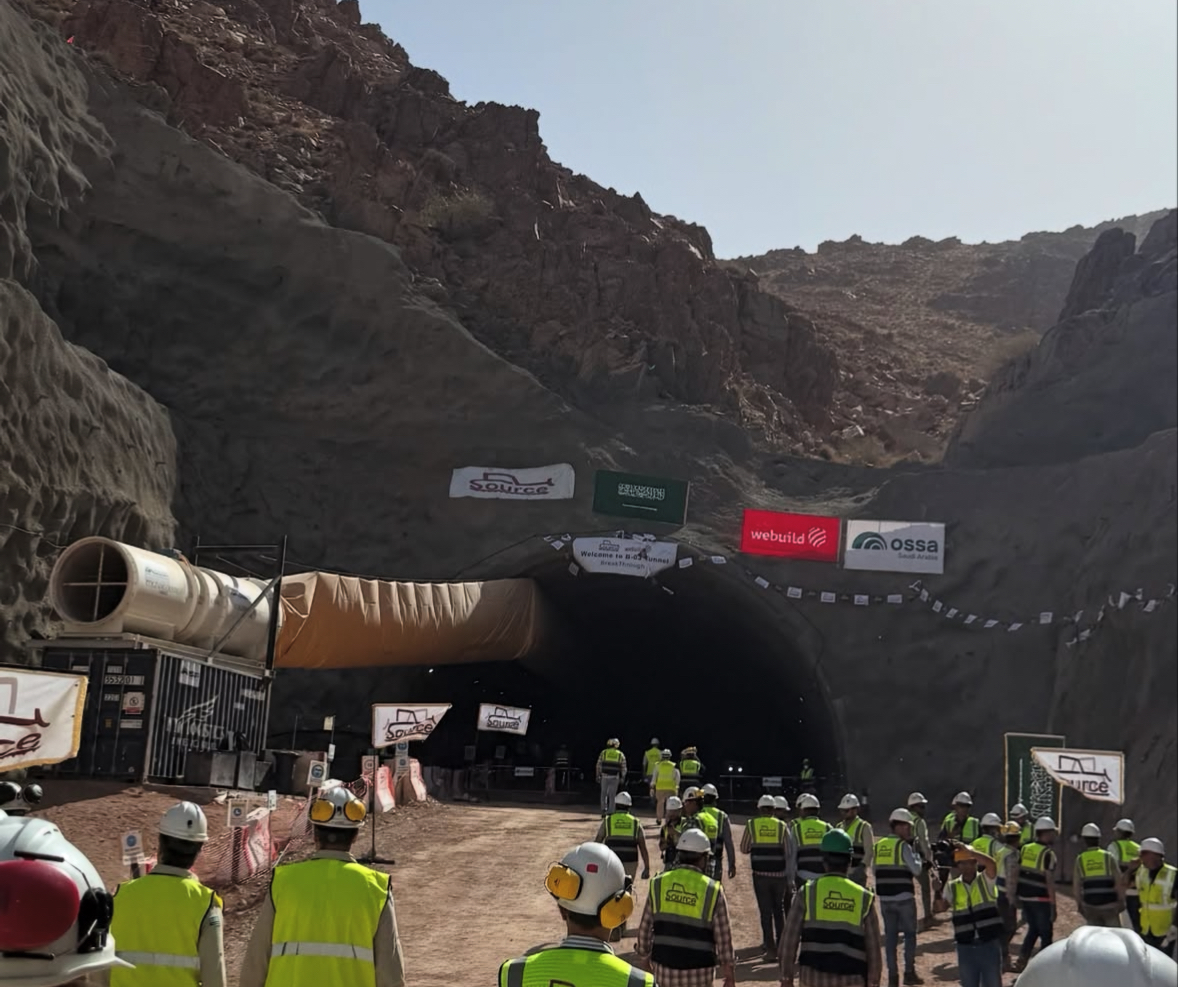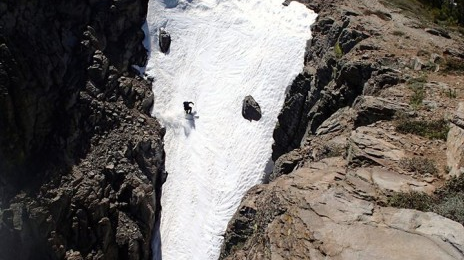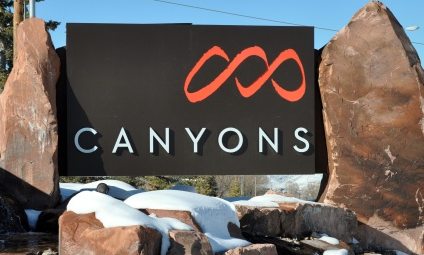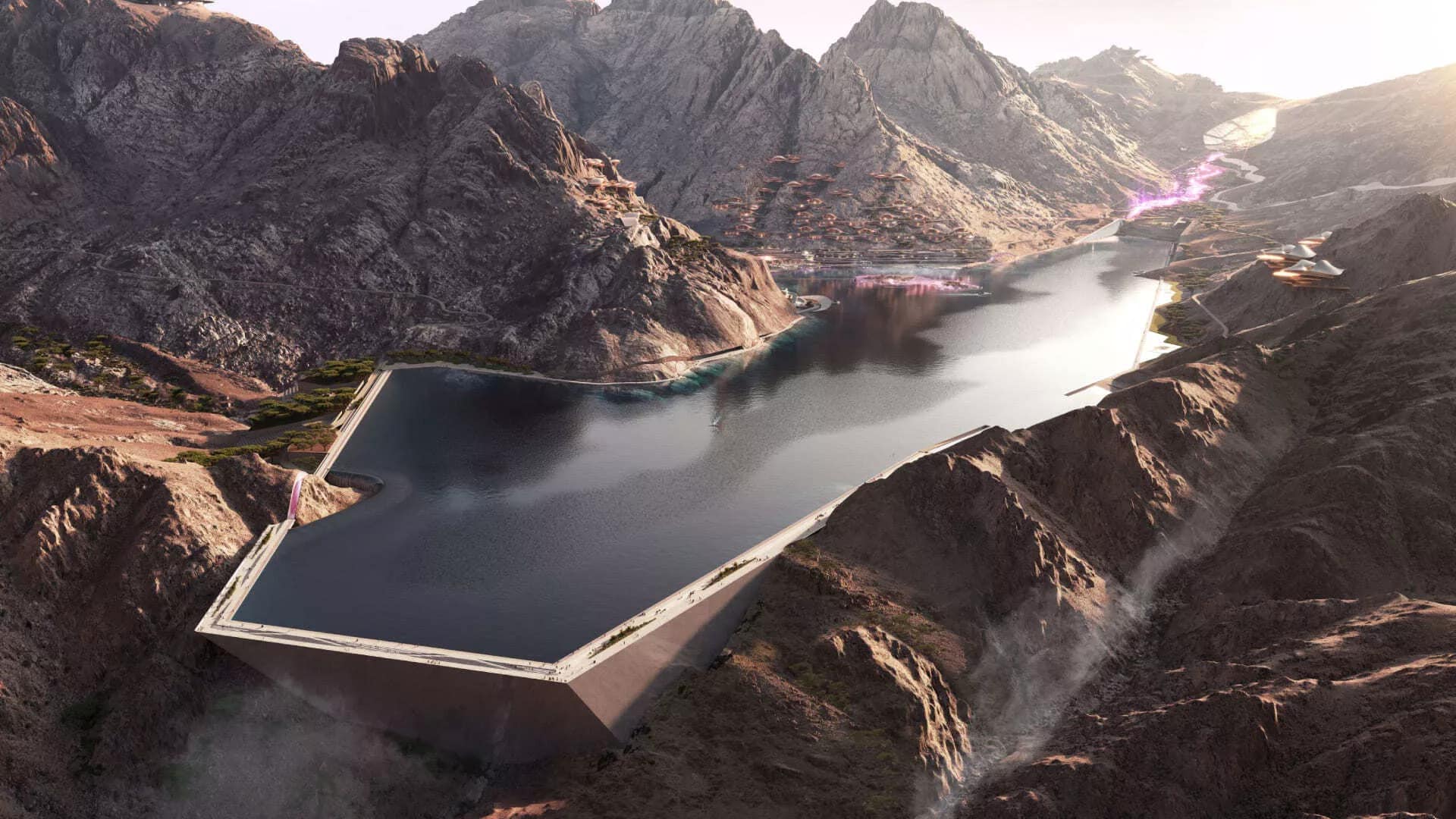
Saudi Arabia’s first-ever ski resort project is advancing in the desert mountains of Neom, where developers have now completed excavation of a key tunnel linking future guests to the resort’s centerpiece lake. The milestone was announced this week as part of ongoing construction updates from Trojena, a high-altitude region within the larger Neom megaproject, a $500 billion-plus futuristic urban development backed by the Saudi government and the country’s sovereign wealth fund. The newly completed 680-meter B3 Tunnel connects the Lake Access Road to “The Vault,” a vertical village structure built into the mountainside.
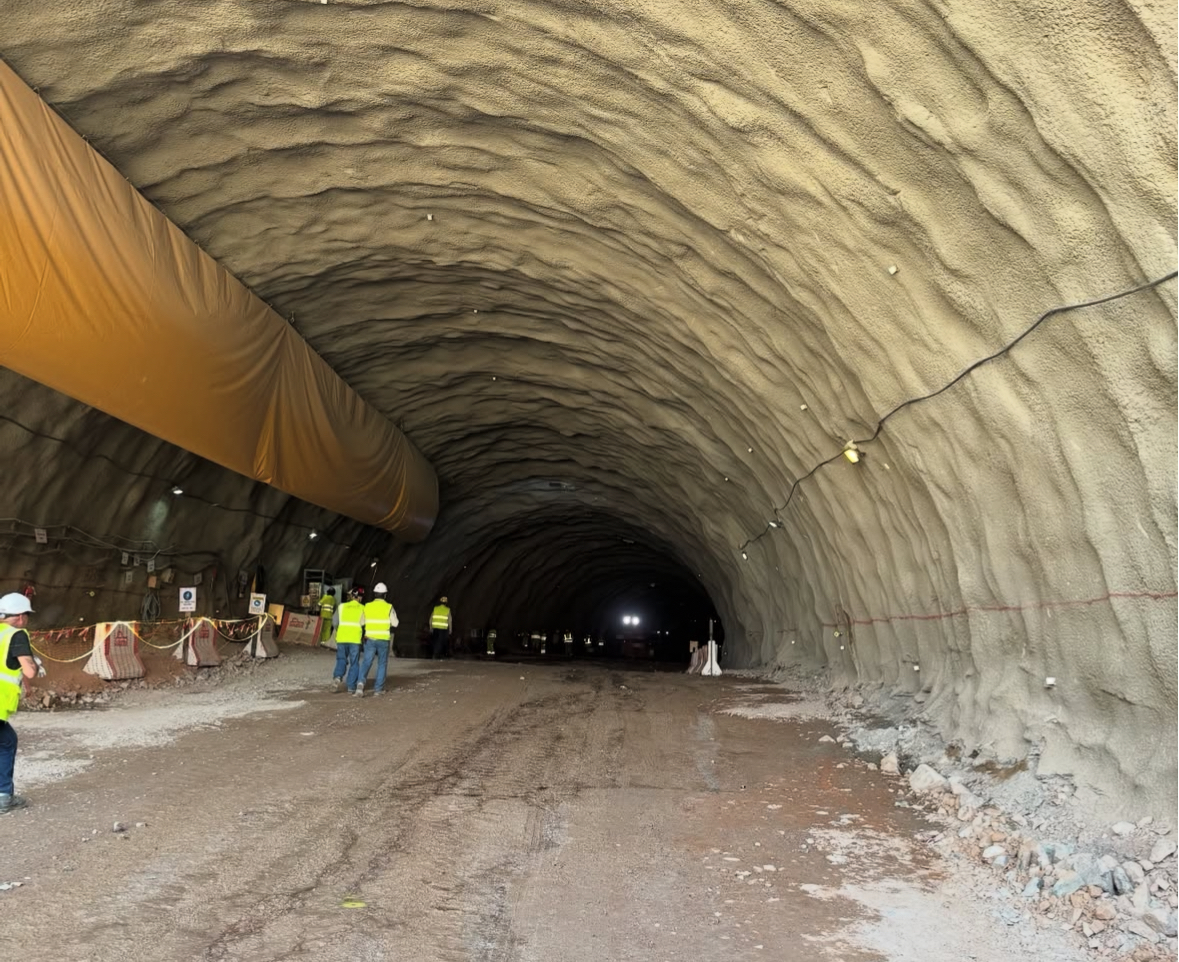
Despite widespread doubts over its environmental feasibility, The Express report that Trojena remains on track to host the 2029 Asian Winter Games—an unprecedented event in a country better known for scorching summers than snow-covered slopes. Trojena spans nearly 870 square miles in the Sarawat Mountains, where elevations reach over 8,500 feet (2,590 meters). Developers plan to rely heavily on artificial snowmaking and dry slopes, given that the region receives minimal natural snowfall. Temperatures in winter occasionally dip below freezing, but precipitation remains rare.
In addition to 18 miles (30 kilometers) of ski terrain, plans include a 2.8-kilometer man-made lake, a dozen hotels, a wellness village, restaurants, and a year-round event calendar. The lake will reportedly hold up to 15 billion gallons of desalinated water, sourced through an energy-intensive process powered in part by renewable energy. Tomasso Ciancio, construction director at Webuild, the firm overseeing the tunnel and dam infrastructure, said in a statement, “Every stone moved and every meter advanced reflects months of planning and sacrifice.” He described the project as a test of leadership and resilience in one of the world’s most challenging construction environments.
Yet critics continue to question the environmental and social costs of the development. Greenpeace Middle East and North Africa has called the resort “deeply irresponsible,” citing long-term energy demands for snow production and lake maintenance, even if powered by renewables. At full scale, the resort is expected to require 7.3 million cubic meters of concrete and 130,000 tons of steel—figures that, according to some estimates, could generate more than 1.5 million tons of carbon emissions before the first skier even arrives. The majority of the emissions stem from the production of cement and steel, two of the most carbon-intensive materials in construction.
Saudi Arabia’s Public Investment Fund, the main financier behind Neom, has promised that Trojena will be operated as a carbon-neutral facility, though specific mitigation strategies for construction emissions remain unclear. The project has also faced scrutiny over human rights concerns and forced displacement claims tied to broader Neom development, issues that international rights groups have flagged in recent reports. Neom’s leadership also recently underwent a shakeup amid reports of budget overruns and delays. While the government had initially pegged the cost of Neom at $500 billion, projections published by New Civil Engineer now estimate the total could exceed $8.8 trillion by 2080. The first phase alone, expected by 2035, is forecast to cost $370 billion.
Despite the financial and logistical hurdles, construction is progressing at what officials call one of the world’s largest active building sites. The workforce assigned to Neom—including Trojena—has surpassed 140,000 people, many of whom are engaged in excavation, tunneling, and early structural work. As of mid-2024, steel installations have begun at 2,400 meters (7,874 feet) above sea level, and developers have begun trial mixes for low-emissions concrete using crushed rubble from the project site. The construction of the village’s skiable steel dome commenced this spring. The futuristic looking dome will feature ski slopes that stretch over the village.
Whether Trojena meets its ambitious timeline for the 2029 Asian Winter Games remains to be seen. But with key infrastructure now under way and billions already invested, Saudi Arabia appears determined to make its desert ski dream a reality—however improbable it may once have seemed.
